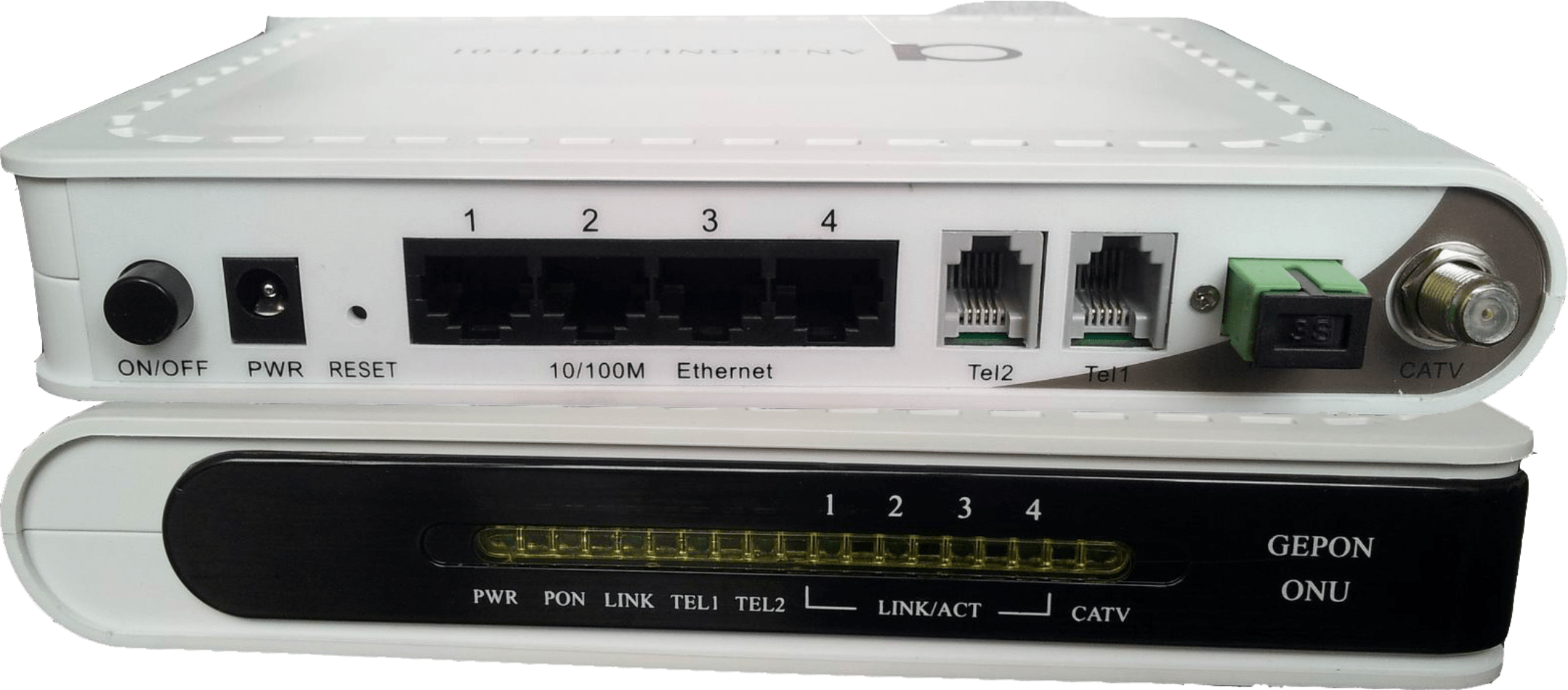Once you determine your FTTx Business Check-list, we discussed in previous blog post, there is one more step that you need to brainstorm through, and it’s technology considerations.
Let’s focus on this on today’s blog post.
There are several decisions technical-wise that should be performed promptly when developing a system. A few can get adjusted at a later phase but still, there are some decisions to be taken in advance for the purpose of minimizing the gaps that will emerge later if these are not implemented.
One such decision is to determine what services to offer. The 3 main services are as follows (or called triple-play):
- audio/voice;
- video,
- and data.
Unless you are going through some uncommon conditions, you should aim to have all these three services–what is known as “triple play”.

Figure 1: Typical Triple-Play FTTx network
If you fail to do so, you are putting yourself out there at the mercy of a competitor with inferior technological means.
Evidence has shown that the more services a subscriber buys from you, the more they “stick” with you. And the cost of maintaining a sub is much less compared to earning one.
We’ve also spotted some networks that try to get introduced without a video option.
The reasoning behind this is that it’s somewhat difficult to buy a video option if you don’t know it–those who do have some experience, find it a piece of cake! The profitability of video services isn’t the same as in the case of audio and data, but that varies according to you manage your system fees.
Thus, the rationale has remained to simple allow subs to reap OTT (over-the-top) video services and video options from giants like Hulu, Amazon, Netflix and so on. We definitely affirm that there a plenty of buzz for these kind of services and we expect it to rise for some time. Yet the stats of traditional linear TV watching are also on the rise and that amounts to a higher number of hours of TV viewing compared to OTT. Video is a service option that nearly every subscriber is familiar with and desires.
You are given the option to either display video, as many cable companies already offer, opting for an 1550-nm overlay, (using kind of these EDFA transmitters) or utilizing an Internet Protocol TV (IPTV).
In case of EDFA and CATV, you will most likely use triple play ONU’s like this:

Figure 1: Triple Play ONU from ADnet.
The decision varies on the companies you are currently a sub and what your comfort zone is.
The advantage of FTTH is that you’ll be offered the biggest scope of choices under any provider.
You can begin with a broadcasting option and transfer a number of the entire programming to IPTV system if you get it.
Another option is to offer premium pack over IPTV while you handle a broadcasting option for the subs that don’t wish to get a premium pack, and you will be able to provide services to these folks without any capital expenditure [e.g by offering STBs (Set Up Boxes)] installed in the homes of the subs.
During the first times of talk regarding the delivery of several digital options, there was a quote “a bit is a bit is a bit” which implied that you could handle all services fairly, and work on one system for the entire range of your services. History has proved that this is a wrong and even risky practice, which has exposed many to serious issues.
Yes, it’s possible to handle all services under one network but this is challenging and you cannot do such thing by taking shortcuts like bargain range, equipment change.
Equipment is also something that not everyone can set-up unless they are a professional who is familiar with the risks and how to ward them off (perhaps his own experience comes from making mistake at least once).
We have witnessed many folks who were “very good” voice and perhaps data handlers who encountered serious problems by assuming they were prepared to offer 3X play over an entire IP network. We’ve also spotted folks that had no clue on what they were doing and who were ready to implement the necessary capital to enjoy a favorable outcome with a single 3X play network.
Even folks who favorably configure their headend to offer trusty IP 3X play, have experienced random costs at home. Most houses in North America and other spots are set-up for a coaxial cable/coax (the physical wire for cable TV) which can be handled by the FTTH operator if they are offering a broadcast video option (within the regulations of FCC, in the majority of cases, the coax is property of the homeowner, even in case a former service supplier had set it up).
Now in case you are offering an IPTV option, you’ll have to receive Ethernet from Optical Network Terminal (ONT) to Set-Top-Box (STB) on the sub’s TV. This is possible by setting-up a cat. 5 cable or introducing “data-over-coax” adaptors (HPNA or MoCa), or if you are feeling fortunate enough, you can set-up a Wifi network but know that these come with a cost.
On the contrary, the majority of video services that go beyond conventional TV, need 2-way interactions between the headend and STB. The methods to perform this include adding a broadcasting tier on FTTH, in some cases at a cost-efficient manner and sometimes at a less cost-efficient manner, based on the STB network selected and the FTTH seller. Offering 2-way interactions through IPTV is a natural thing that bears no extra charge.


